“CSA President Jefferson Davis, likely passed the church, on his travels south.”
City Directories and History: (Old Rock Church) Duncan’s Creek Presbyterian Church, built
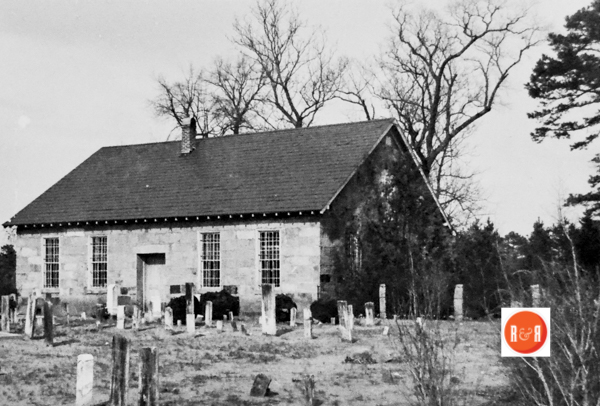
Image courtesy of the Cooper Photo Collection from the 1930s, Laurens Co., S.C. – 2017
ca. 1842, is one of the earliest examples of rural church architecture in the upper part of the state. Its unadorned simplicity and solid stone construction are characteristic of buildings erected by early Scotch-Irish settlers in the Southeast. A simple rectangular building constructed of irregular stones, the church stands as a reminder of mid-nineteenth century rustic church architecture. The gable end is the main entrance façade and is
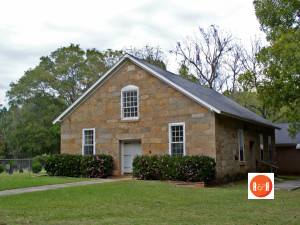
Images courtesy of photographer Bill Segars – 2008
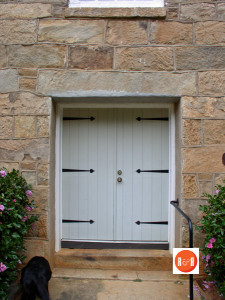
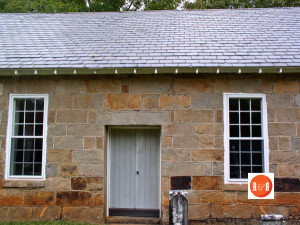 centered with double doors flanked by two narrow windows at a slightly higher level. Its simplicity, uncomplicated symmetry, and fine stone masonry are features that make it a valuable record of upcountry rural architecture. One of the few changes made in the church was the removal of the original rear slave gallery in the first third of the twentieth century. Many churches in Laurens County are “daughters” of this old church as members of its congregation left to establish new churches in neighboring areas. The church is situated on a wooded site and is flanked by a cemetery containing carved stone markers of both Revolutionary and Civil War soldiers. The earliest grave dates from 1776. Listed in the National Register November 15, 1973 [Courtesy of the S.C. Dept. of Archives and History]
centered with double doors flanked by two narrow windows at a slightly higher level. Its simplicity, uncomplicated symmetry, and fine stone masonry are features that make it a valuable record of upcountry rural architecture. One of the few changes made in the church was the removal of the original rear slave gallery in the first third of the twentieth century. Many churches in Laurens County are “daughters” of this old church as members of its congregation left to establish new churches in neighboring areas. The church is situated on a wooded site and is flanked by a cemetery containing carved stone markers of both Revolutionary and Civil War soldiers. The earliest grave dates from 1776. Listed in the National Register November 15, 1973 [Courtesy of the S.C. Dept. of Archives and History]
“One of the early utilitarian buildings was Duncan’s Creek Presbyterian Church in the rural section of Jacks Township. Servants of the John Duncan family had erected a brush arbor about 1753, at which time John Duncan had come into the area. A more permanent building of field stones was put up in 1764, and that date is visible in a cornerstone of the presently used building erected in 1842. The date 1764 was retained for historic purposes.
The original granite walls, two feet in thickness, and the straight backed pews of oak attest to the strong faith of the era and of the congregations of that particular church. In recent years the small outmoded reed organ from the fieldstone church was given to Thornwell Home for Children in Clinton, where it is still used on occasions calling for a colonial atmosphere.
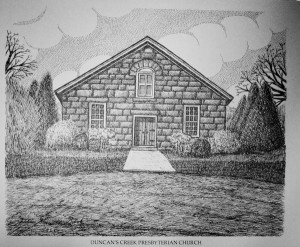
Image courtesy of the Laurens County Sketchbook – J. S. Bolick, Artist – Author
During the Revolutionary War, the church building served as a place of protection for the people of that area. Often referred to as the mother of Presbyterian churches, it is the oldest church organization in the upper part of the state. Both Lisbon Presbyterian and Clinton First Presbyterian were started as mission extensions of the Duncan’s Creek Church.
The first minister was the Reverend Hezekiah Balch, year 1776. In the same year John B. was ordained and continued as pastor intermittently for fifty years.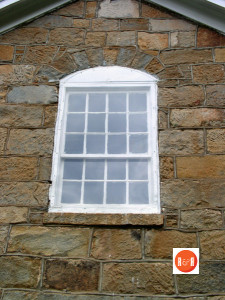
In 1788 the Duncan’s Creek Church became involved in serious difficulties. The majority of the members being canny old Scotchmen, theological discord was instituted over whether to use Rouse’s or Watts’ version of the Psalms. Sixty-three members seceded to form other churches.
Although each plantation had its own burial ground, Duncan’s Creek Church offered burial plots in its churchyard in 1776. Some of the ancient mounds have lost their identity, but one bearing the marking “Samuel Long, aged 19 years, November 15th, 1776″ is still legible. Sixteen soldiers of the Revolution are buried in the churchyard.
In October of 1964, Duncan’s Creek Presbyterian Church observed with appropriate ceremony the two-hundredth anniversary of its founding.”
Information from: The Laurens County Sketchbook, Author – J.S. Bolick, 1973
Also see PDF this page: GUIDE TO PRESBYTERIAN NAMES AND PLACES IN SC by J.B. Martin, III – 1989
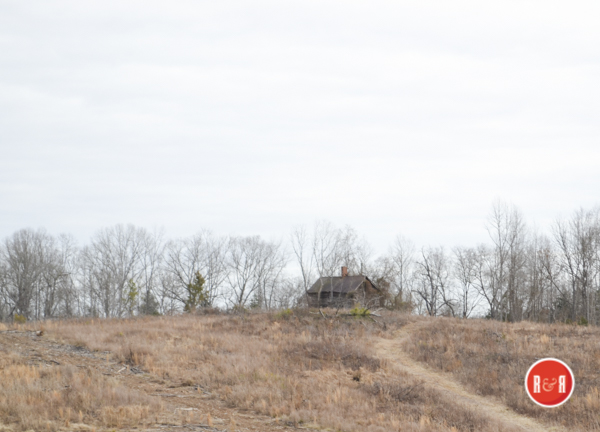
Local scenes along the road near the church. Courtesy of R&R.com 2018
Duncan’s Creek Presbyterian Church is located about five miles northeast of Clinton, on State Road 24, and is near Duncan Creek, from which it derives its name. This creek was named for John Duncan, originally from Aberdeen, Scotland. He emigrated to Pennsylvania and subsequently came to this section of Laurens County about 1750. He is believed to have been the first settler of Laurens County and was the first to own a Negro slave in Piedmont Carolina, issued June 10, 1970. The Rev. Hezekiah Balch officially organized this church in 1796. Prior to this, groups on various occasions had come together to worship under the trees in summer and in their homes in the winter. Early ministers rode horseback.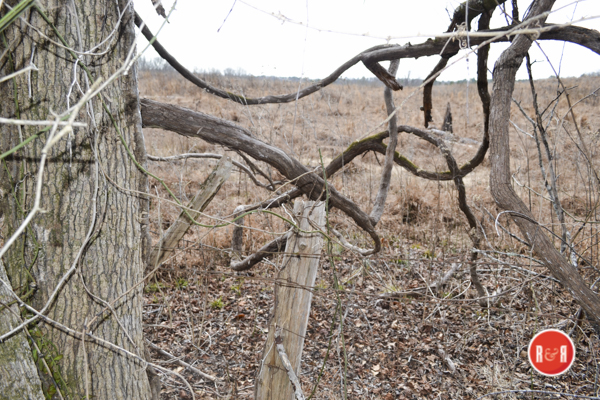
Sometime after the church’s organization, a great quarrel arose as to which version of the Psalms should be used by the church and the church became divided. Some of the members withdrew and organized Duncan’s Creek Baptist Church. Others formed themselves into Methodist congregations, Sardis Church (named for the ancient biblical church) being one. In 1842 the present stone edifice, inclusive of a slave gallery, was completed. This building was constructed by the Campbell brothers, assisted by Squire Thomas Craig, a wealthy plantation owner on the Enoree River.
Then Squire Craig died, he provided in his will for the freedom of all his slaves. Among the early ministers were Duffield, Fuller, and Campbell, sent by the Synod of New York to South Carolina.
(Information from: Names in South Carolina by C.H. Neuffer, Published by the S.C. Dept. of English, USC)
A stop on the Little White Church Jaunt – A Driving Tour
General Area History: One of the first congregations in the area was Duncan’s Creek Presbyterian Church (site 2171) organized by the family of John Duncan in 1753 is the oldest church organization in the upstate. The Duncan family settled around the junction of Duncan’s Creek and the Enoree River in the early 1700s. The first church building for the congregation was constructed of field stone in 1764, a date which is retained on the current stone building that was constructed in 1842. The congregation is often referred to as the mother of local Presbyterian Churches since both Lisbon and Clinton Presbyterian were begun as missions from Duncan’s Creek. Dr. William P. Jacobs, founder of Thornwell Orphanage and Presbyterian College was the minister at Duncan Creek before arriving in Clinton.
Eastern Laurens County Historical and Architectural Survey, SCDAH – 2003
Post Offices via Elmer Parker’s S.C. Post Office History Book, 1989 states: the Roseborough Post Office operated from 1850 / 1852, John T. Duncan – Postmaster. The Duncan family was long associated with the Duncan’s Creek church area.
Stay Connected
Explore history, houses, and stories across S.C. Your membership provides you with updates on regional topics, information on historic research, preservation, and monthly feature articles. But remember R&R wants to hear from you and assist in preserving your own family genealogy and memorabilia.
Visit the Southern Queries – Forum to receive assistance in answering questions, discuss genealogy, and enjoy exploring preservation topics with other members. Also listed are several history and genealogical researchers for hire.
User comments welcome — post at the bottom of this page.
Please enjoy this structure and all those listed in Roots and Recall. But remember each is private property. So view them from a distance or from a public area such as the sidewalk or public road.
Do you have information to share and preserve? Family, school, church, or other older photos and stories are welcome. Send them digitally through the “Share Your Story” link, so they too might be posted on Roots and Recall.
Thanks!
User comments always welcome - please post at the bottom of this page.


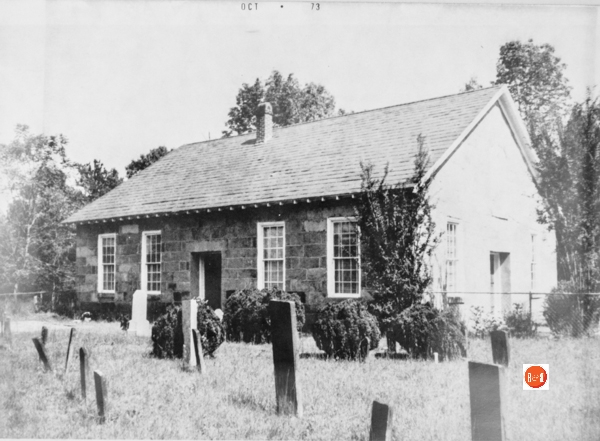
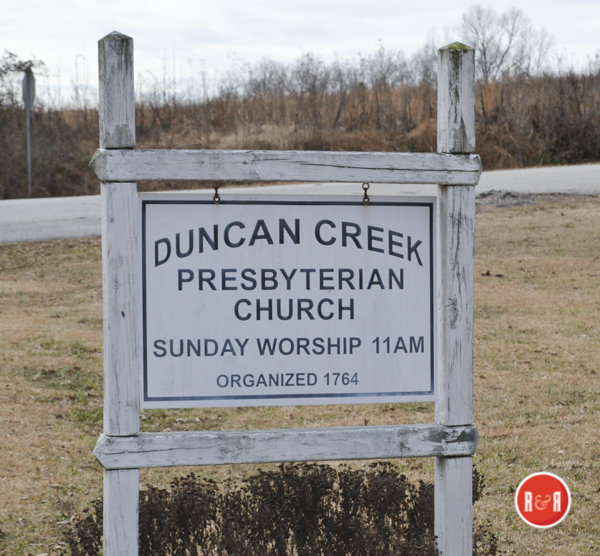
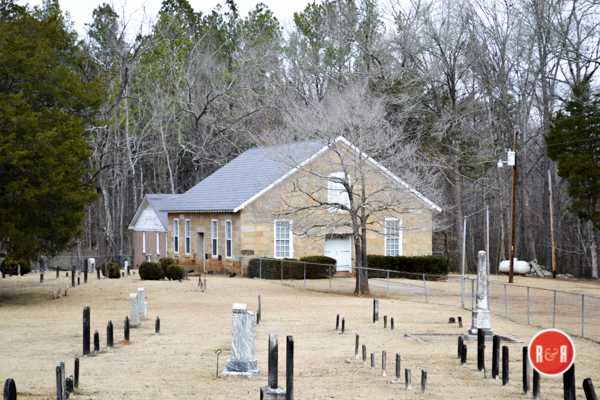
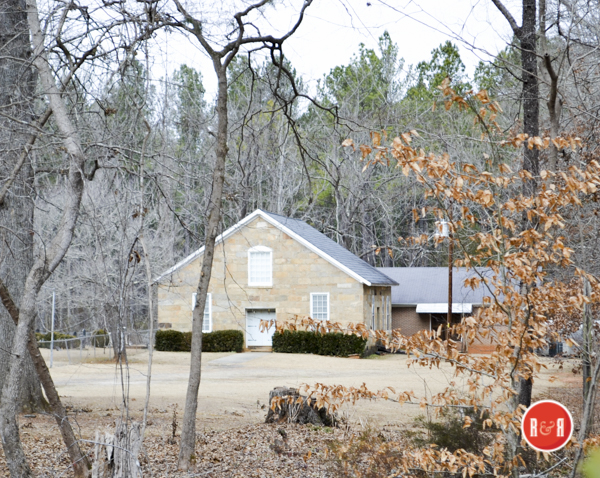
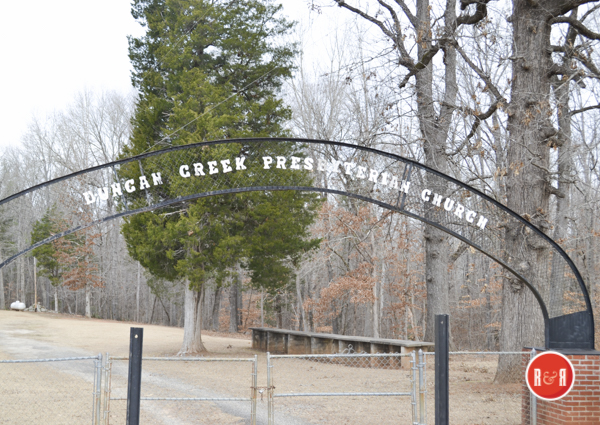
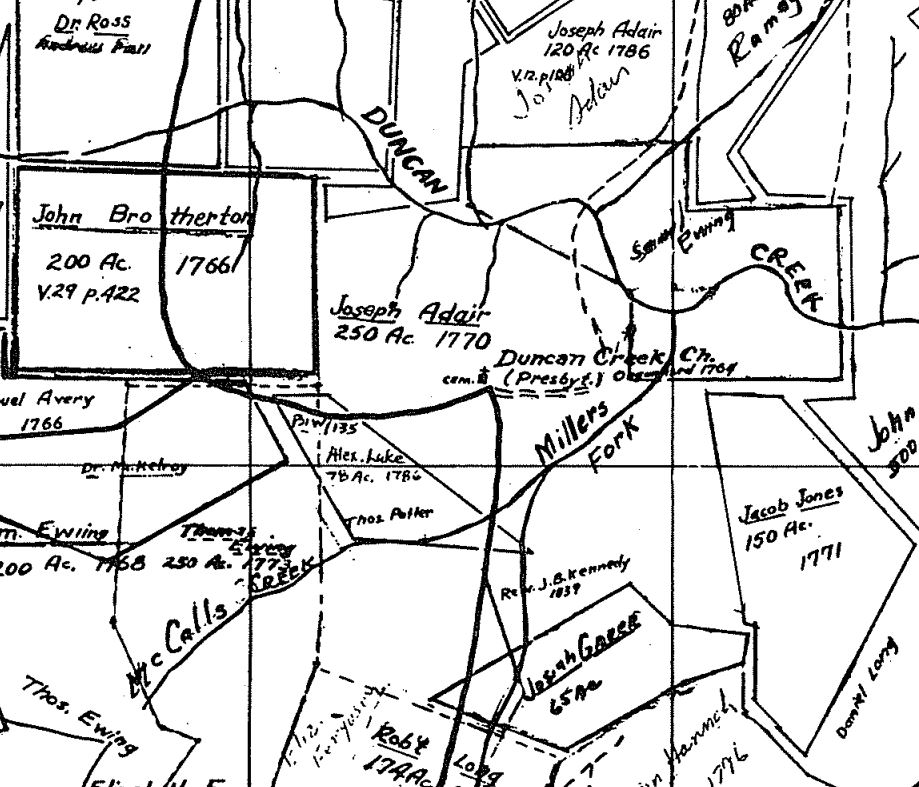
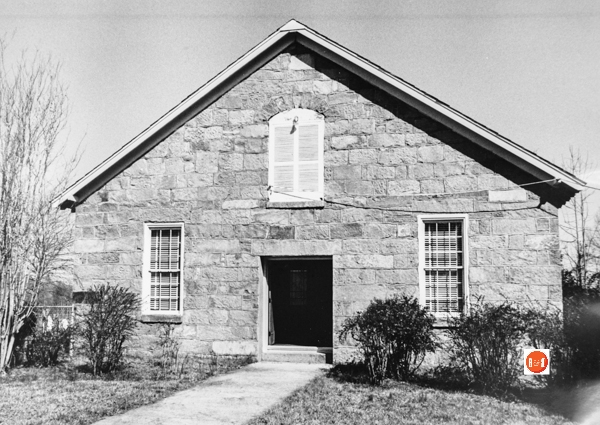
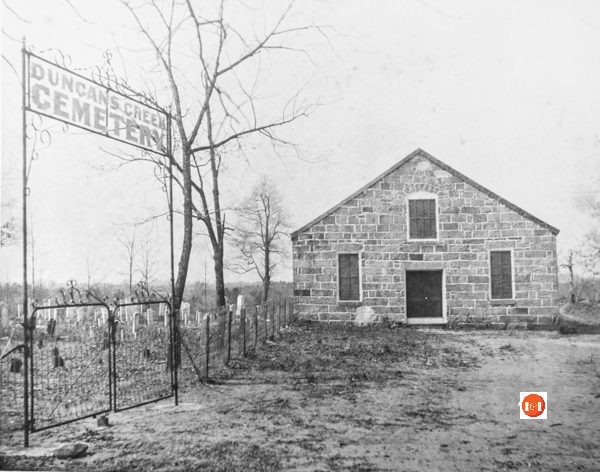
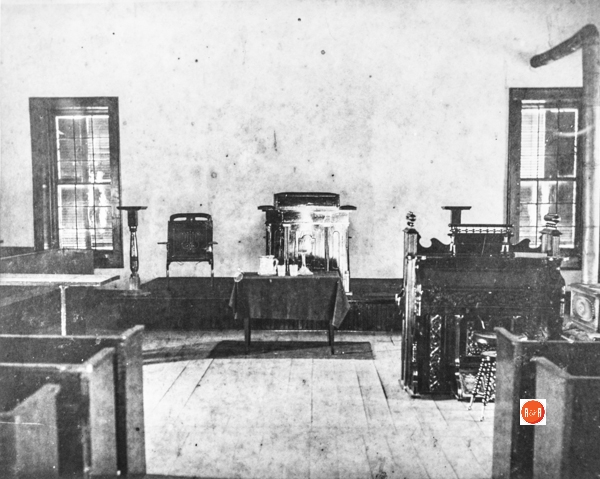
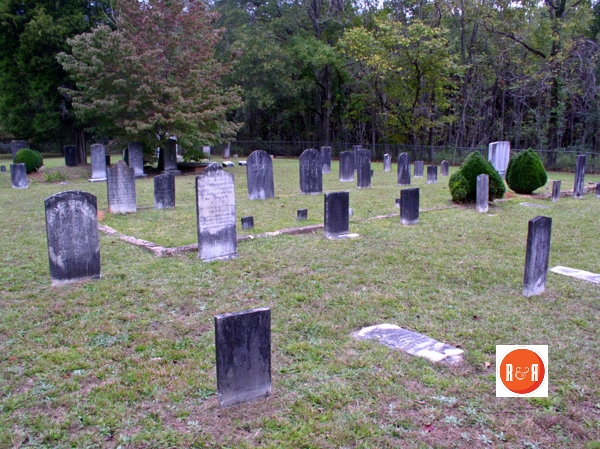




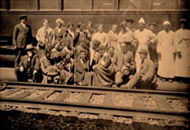
Share Your Comments & Feedback: